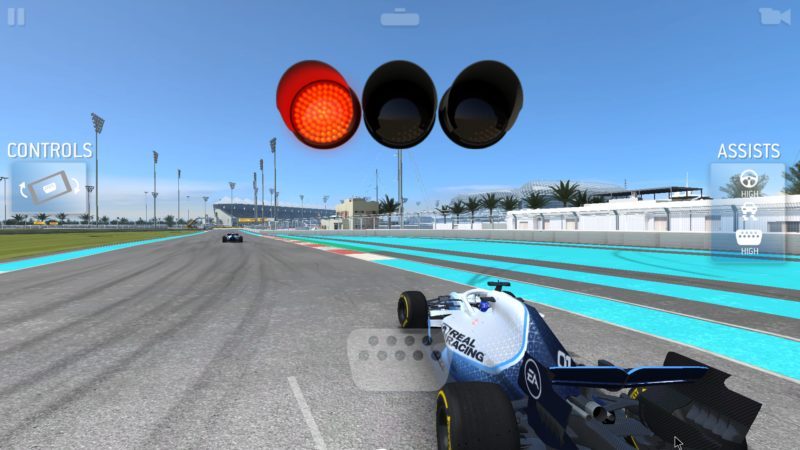The Vulkan 1.2 certification of the latest Raspberry Pi generation 4 graphics drivers will make these latest cards not only more efficient but also more compatible with many software.
Generation 4 Raspberry Pi boards will stop tinkering with 3D. After more than two years of work by the Raspberry Pi foundation and the development teams of Igalia (Spain), the famous SBC (Single Board Computer) nanocomputers finally have graphics drivers certified with the most important open-source graphics API. , Vulkan. Better: not only do the Raspberry Pi have a Vulkan 1.2 certification, but in addition the 1.3 certification (latest version) is in the works.
Until now, the video and graphics engine of these small PCs based on Broadcomm SoCs was only compatible and certified with the old Open GL and Open GL ES APIs, libraries that are up to 30 years old. Without being a thunderbolt (very far from it), the Raspberry Pi is still capable of running 3D correctly, as shown by this demonstration of Quake 3 at more than 100 frames per second in 2020 The limit of this experimentation is that the person behind this feat is a developer at Nvidia capable of playing with low-level Vulkan instructions by hand. Experimental work, not accessible to everyone, limited in compatible instructions and not replicable with other applications.
VkQuake3 running at 100+ FPS on a @Raspberry_Pi 3B+ using the new low level RPi-VK-Driver pic.twitter.com/UhhYgQrAEi
— Martin Thomas (@0martint) June 19, 2020
In 2020, an independent developer (but working for Nvidia!) had already used low-level Vulkan instructions to run Quake.
The Raspberry 4 are not going to invent a power that they do not have, but in addition to a gain in 3D performance which should be perceptible on certain applications (we see you the community of retrogamers!), we are especially entitled to expect more platform compatibility and stability. Light management allowing the projection of multiple shadows (Deferred shading and shadowing) is thus fully functional. Until now, it was impossible for the GPU to manage this natively and it was necessary either to give up on it, or to grind the CPU in several passes (very slow operation).

For the moment, few “desktop” tools of the Raspberry Pi use Vulkan – which is logical since the drivers were not available! As Rpi founder Eben Upton recalls, the graphics rendering engine of Raspberry OS relies entirely on OpenGL and “applications that leverage Vulkan on Raspberry Pi are currently games that run on Android/LineageOS.” But Vulkan support should give a boost to some video apps as well as graphics apps built into web browsers.
The next versions of Raspberry OS should quickly integrate these new drivers which will allow, in time, to switch certain (all?) graphic bricks from Open GL to Vulkan. And thus improve the general performance of the most popular SBC on the planet.
Raspberry Pi Foundation
[related_posts_by_tax taxonomies=”post_tag”]
The post Raspberry 4 will become much more efficient in 3D thanks to Vulkan drivers appeared first on Gamingsym.
